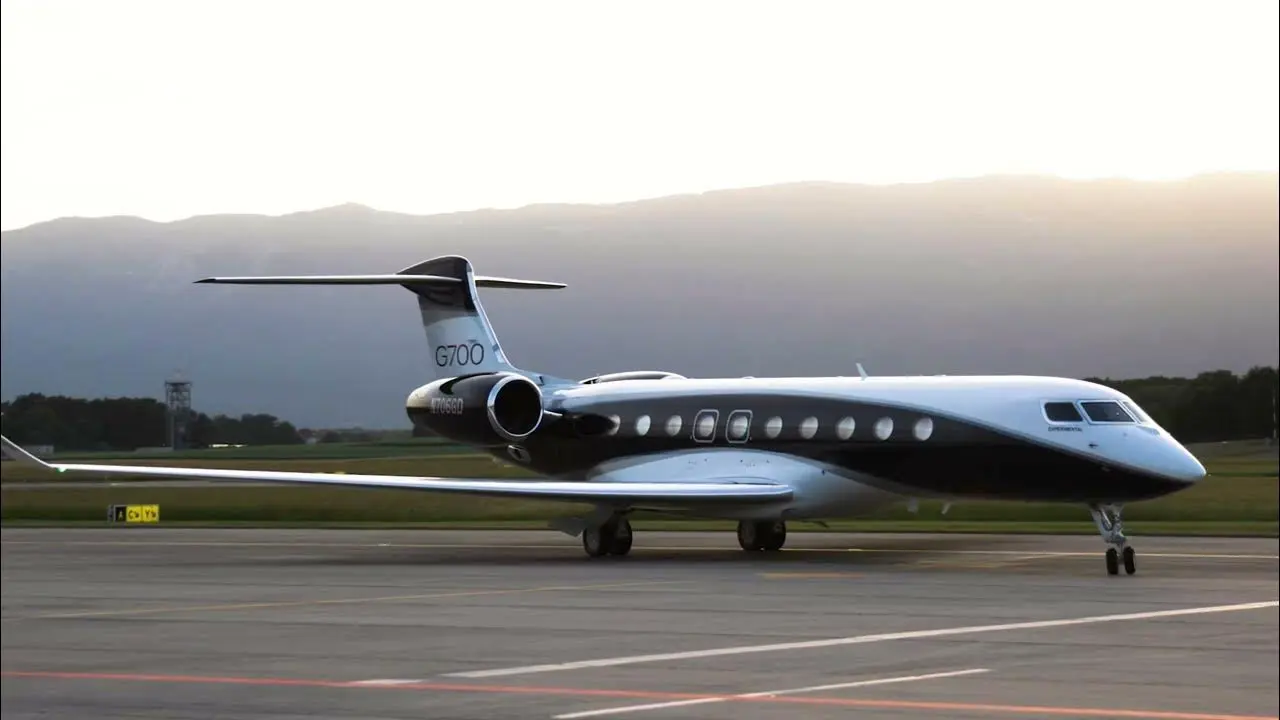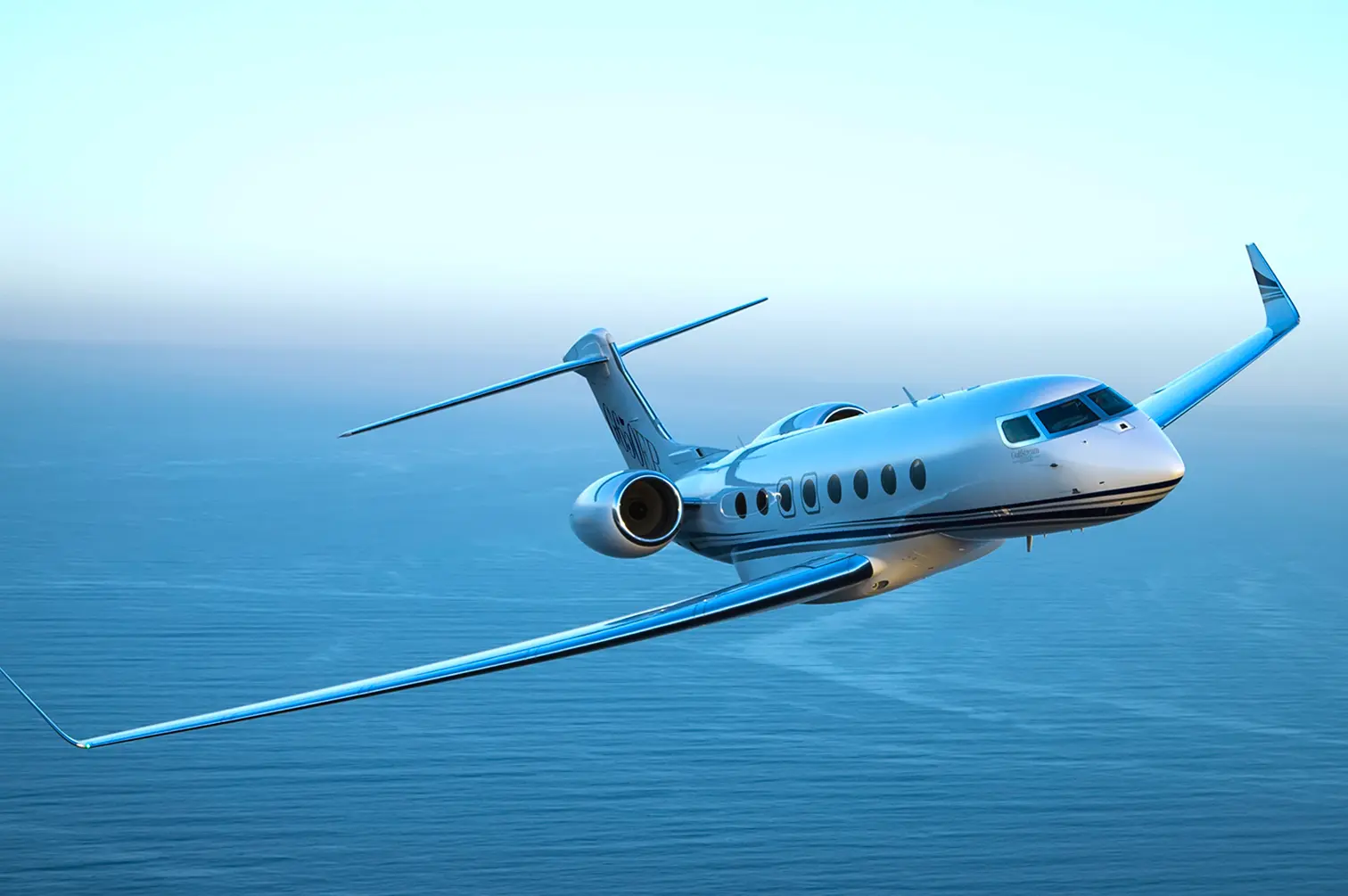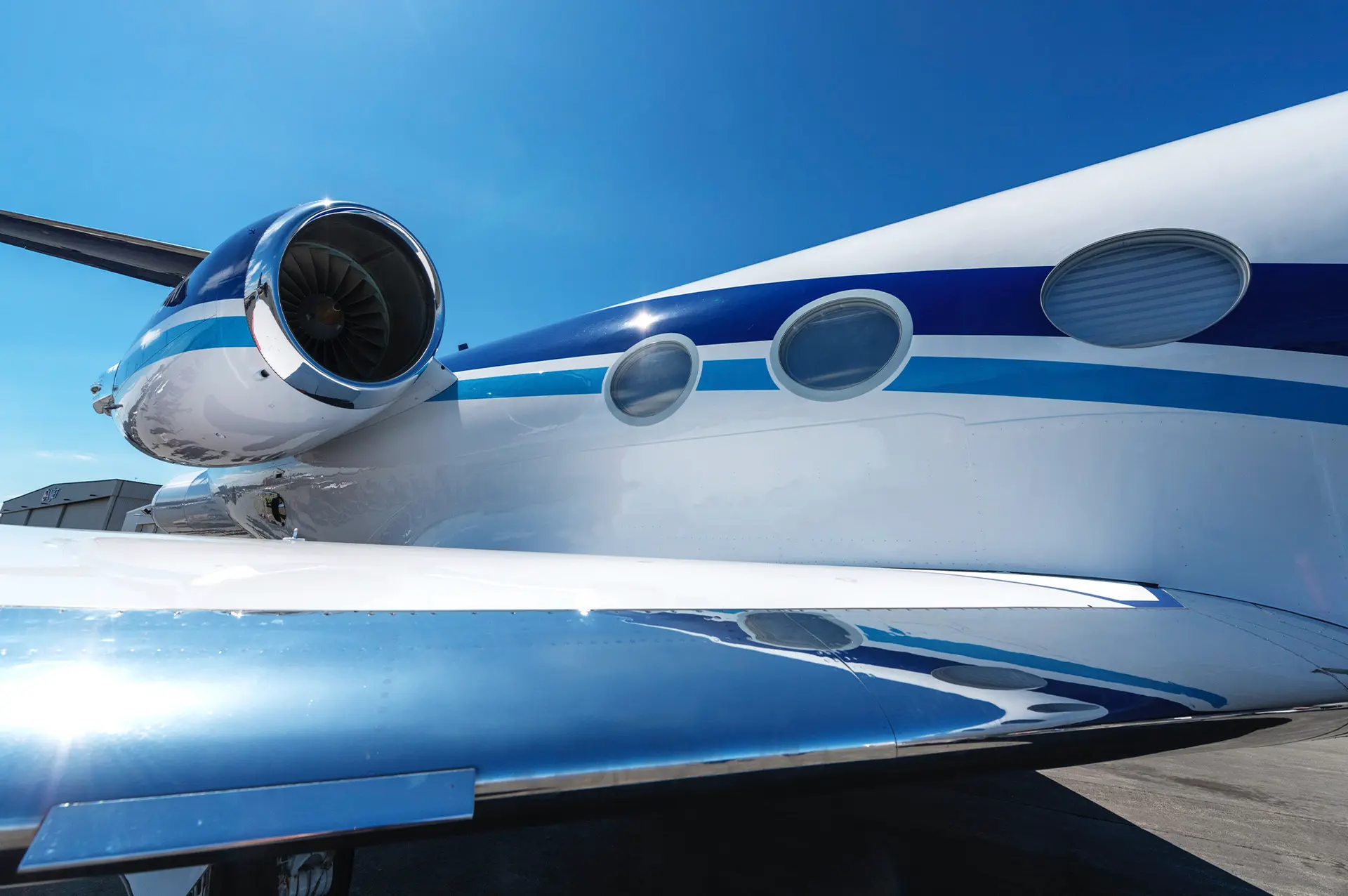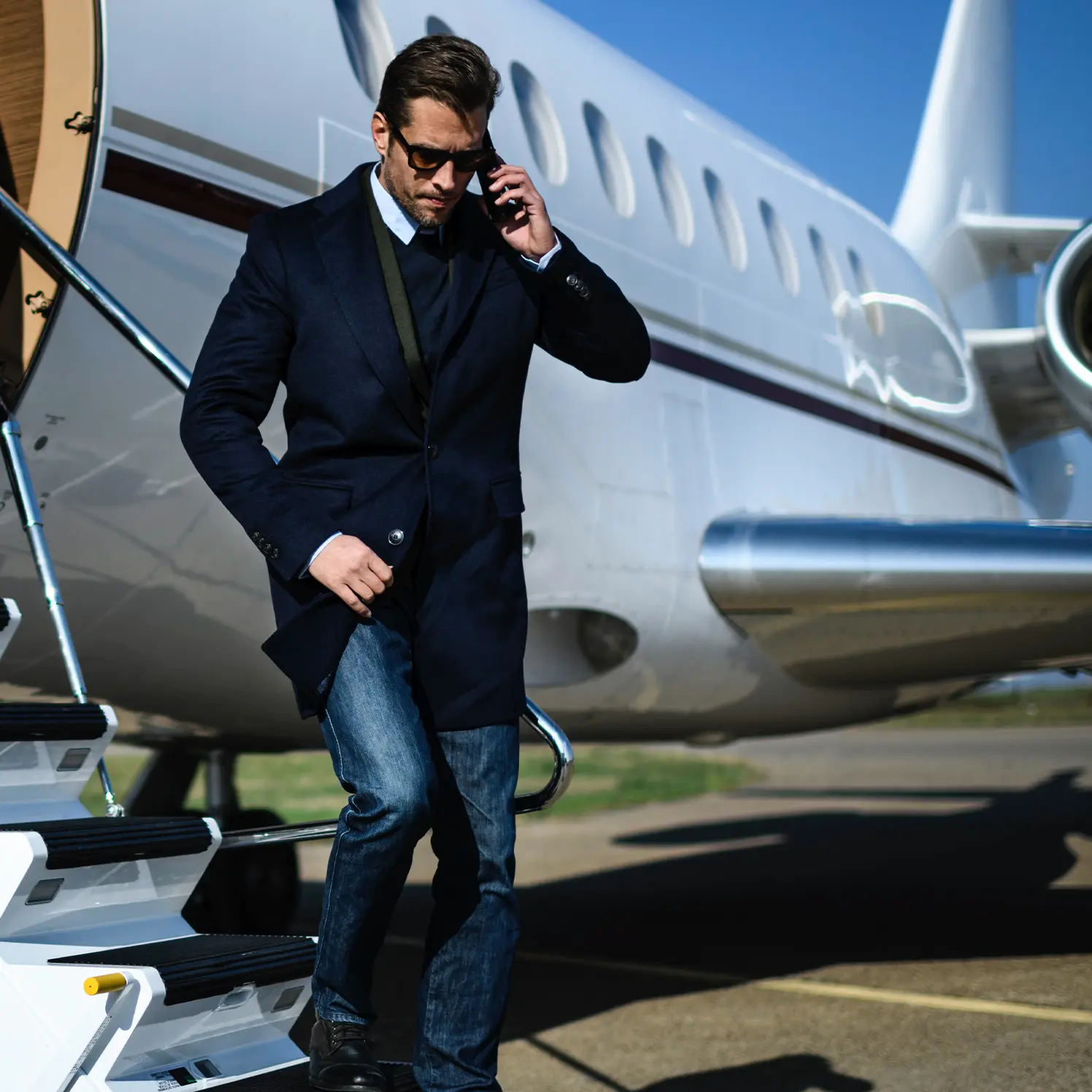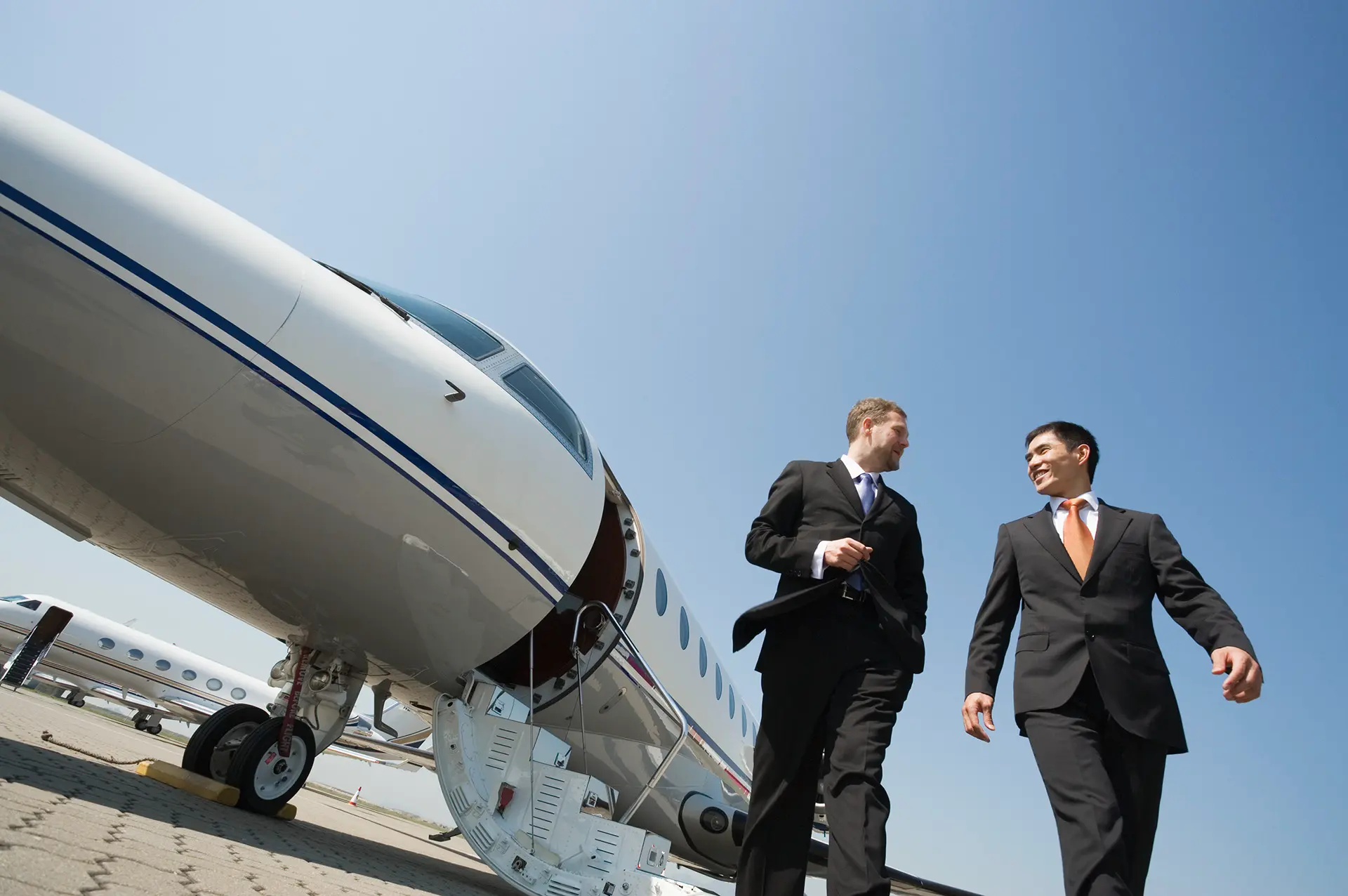
This article was written quite recently for Aviatrade’s “Bizjet Advisor” magazine in China. The content is also mostly relevant to any bizjet owner who wants to investigate this ownership/operating option
OFFSHORE AIRCRAFT REGISTRY…..WHAT IS IT ?
Nowadays, one of the first questions that seems to be asked when we are contacted for aircraft acquisition is “can I register my aircraft offshore ?”
The answer is not quite a short as the question, but the options can be explored if a prospective aircraft owner wishes to own and operate an aircraft through an offshore company and registry.
Evaluating the Offshore Registry Options
There are numerous reasons why an owner might want to create an offshore ownership for an aircraft, but the primary reasons seems to be for privacy and confidentiality. This, in turn, creates an added level of security and removes any transparency from the trail of ownership.
Many offshore entities (countries, island groups) offer these registry services and most all require little else apart from the beneficial owner (the real owner) setting up a ‘shell’ company, otherwise know as an SPV (Special Purpose Vehicle) for the purpose of providing a ‘home’ for the aircraft. In some cases, the offshore registry does not require a company formation.
Where The Registries Are Located
Such better known offshore registries are Bermuda, British Virgin Islands (BVI), Aruba, Cayman Islands and the Isle of Man. Latterly, other countries such as Malta, Cyprus and San Marino have offered similar services. We should point out that although an aircraft may be registered in one of these offshore locations, there is no requirement for the aircraft to be physically based at that location. There will be nominal administrative oversight of the aircraft by the local authorities, but everything is accomplished in complete anonymity, with adherence to external regulatory bodies such as FAA or ICAO being among the limited requirements..
These registries are allocated distinctive one or two letter prefixes (or a combination of letters/numbers for the registration (tail) numbers. For example, Isle of Man is “M”, Malta is “9H” etc. It should be noted also that some jurisdictions are easier to navigate in terms of compliance and assistance with complex tax and other structural issues. An aviation consultant or aviation attorney can advise on the most appropriate or convenient registry….a word of warning here, some registries are much better than others.
Practical Considerations
There are some limitations on the use of certain registries; for example, an aircraft placed on the Isle of Man registry cannot fly on charter. This limitation is apparently designed to reduce risk for insurers when their clients’ aircraft are flying on the “M” registry.
The operation and maintenance of the aircraft, when offshore, are exactly as they would be for any aircraft on the US or any other international registry. This simplifies the control of the aircraft for the owner and for the offshore registry. However, there may be some rules that require technical changes and these will be notified to an owner prior to the aircraft being accepted onto a registry and before the aircraft is authorized to fly. These changes can be as minor as changing placards (labels) inside the aircraft which relate to safety equipment.
For China buyers who might be considering this offshore registry option, the operator (management company) will advise that this offshore arrangement will affect the duration of stays inside China. In other words, the owner cannot leave the aircraft in China for extended periods. This is because the aircraft will not have paid China import duty and sales tax and therefore the China authorities will consider an offshore-registered aircraft (with China owner) as being in violation of the importation regulations if the stay in China is longer than a few days. Of course, multiple re-entries are allowed.
Aviatrade Asia knows of one China owner who was investigated for overstaying in China and the owner’s aircraft was stuck in China for many months. It so happens that this particular aircraft was on the “N” (USA) registry. The authorities insisted that the owner import the aircraft (thereby incurring the tax and duty of 22%), but the problem was not the monetary aspect….the problem was that none of the various authorities, nor the OEM could agree on the proper solution. This was generally considered to be because the expertise required to interpret the international regulations was available, but not considered properly, therefore, the ensuing confusion created a delay of more than one year.
Trust and/or SPV Formation
Another pre-condition of offshore registry (for China owners, especially) is that the aircraft be owned by a ‘trust’ or special purpose vehicle (SPV)…this is really a term for ‘shell’ company. This arrangement can be organized by an experienced aviation law firm (or an internationally experienced management company, such as Jet Aviation in Hong Kong). Such companies are familiar with the set-up and administration of these ‘trusts’ or SPV’s. Great care must be exercised to ensure that the structure conforms to the registry of choice and with the appropriate international regulations. There are liability and insurance considerations that must be correctly addressed.
Timing
The process for forming the required entities and processing the documentation does not take too long, provided that a capable aviation law firm or consultant is involved. Selection of offshore company names is entirely at the buyer’s discretion and the registration for the aircraft can be selected from an available list, which is held by the offshore registry. The entire process can take perhaps two-three weeks and ideally should be completed before the acquisition begins, this is because the names selected for the offshore company and the trust will be incorporated into the acquisition documentation.
Personal (Vanity) Registration Marks
However, we should caution prospective owners with regard to one risk when selecting a registration; just as with automobiles, owners sometimes like to boast their ownership by personalizing the license plate. This is quite common among aircraft owners also. However, if the intent of offshore ownership is to disguise the owner and enhance confidentiality, then personalizing the registration can result in the anonymity of offshore ownership being compromised.
As an example; Aviatrade Asia conducted an aircraft acquisition for a Beijing client. The seller was an offshore company, owned by a Russian. The Russian seller was having problems, but he had also personalized his registration.
Aviatrade Asia was able to decipher the real owner’s name and discover his entire identity. This helped Aviatrade Asia to negotiate a better price for our Beijing client.
Therefore, we recommend that offshore aircraft owners do not attempt to create ‘vanity’ registration marks.
Conclusion
One of the most tangible benefits of offshore registry is the dual effect on aircraft resale. Not only will offshore registry make it much easier for a China owner to sell the aircraft in the international marketplace, the offshore registry will also increase the resale value compared to the resale of an aircraft registered in China.
Therefore, provided that a China owner pays close attention to the operation of an offshore registered aircraft, the benefits of this structure far outweigh the minor inconveniences during operations in and around China
Latest Blog Posts
The current Gulfstream pre-owned aircraft marketplace is showing distinct signs of stress. This is good news for anyone considering an acquisition of one of the long range Gulfstream models, especially G650ER.
The selected Pre-Purchase Inspection facility will perform a records review that will highlight any deficiencies in both the physical and digital records.
The startling bizjet price run-up of the covid era is a thing of the past and not only are more bizjets coming to market but buyers are once again able to be quite selective when evaluating the options.
